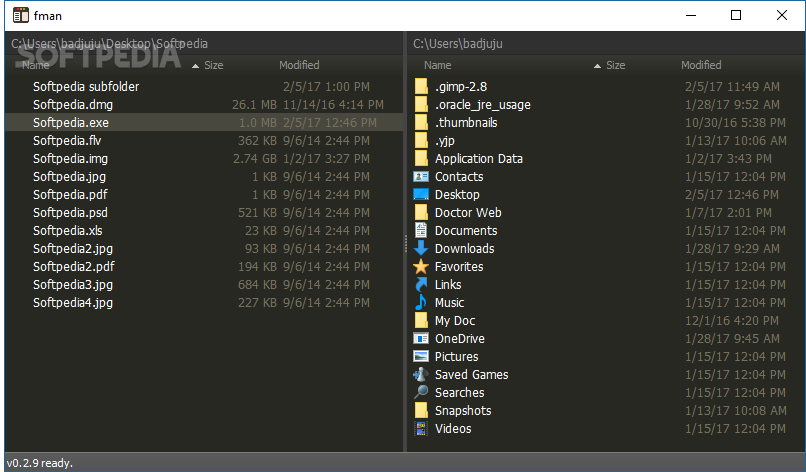

To get this utility on your system from Github, use the following git clone command: git clone Īfter you clone the Vimv Git repository on your system, use the cp command to copy the binary file to your $PATH variable and change permissions on this file to make it executable. For directories, size column shows: a b Literal - meaning the size of the directory file itself, not the number or sizes of the files it points to (commonly called its 'contents'). You can use the Vimv utility to rename Linux files in a batch. Find as you type (Type-ahead find) Embedded/integrated terminal. This command will change extension of all the files in the current directory from.

Similarly, you can also change the file extension of all these files as follows: rename.ul html xml *.html This command will rename multiple files in the current directory from record to script. To rename multiple files without changing the file extensions, use the following rename utility command: rename.ul record script *.html xml using the following rename command: rename ‘s/\.html$/\.xml/’ *.html The basic syntax of the rename command is as follows: rename options įor example, you can rename the extensions of multiple from. Batch rename multiple files, Move files and folders in bulk, and Copy your data in seconds with No1 & Reliable File Organizer, the Easy File Renamer (EFR).
#Linux file manager dual pane mass rename install#
For example, to install the command on your Ubuntu system, type: sudo apt install rename Syntax Copy, move, rename and batch rename, email files. If the rename command is missing from your Linux computer, then you can manually install it. muCommander is an open-source, dual-pane file manager available on all major operating systems. The rename command is not preinstalled on several Linux distributions. Version 11 allows you to add multiple file filters to your action list, so that different types of files can finally be renamed differently. The rename command provides various advanced options that can help you save time while renaming files based on a pattern match. Use the rename command to easily rename multiple files or directories. In this tutorial, we learn different utilities to rename multiple files in Linux with examples. This is a completely different case and Linux supports multiple tools and commands to rename multiple files in one go. There might also be situations where a user or a Linux system administrator may have to rename multiple files at once. You can just use the mv command to rename one file. Linux users may have to rename file frequently and it is very easy to rename a single file.


 0 kommentar(er)
0 kommentar(er)
